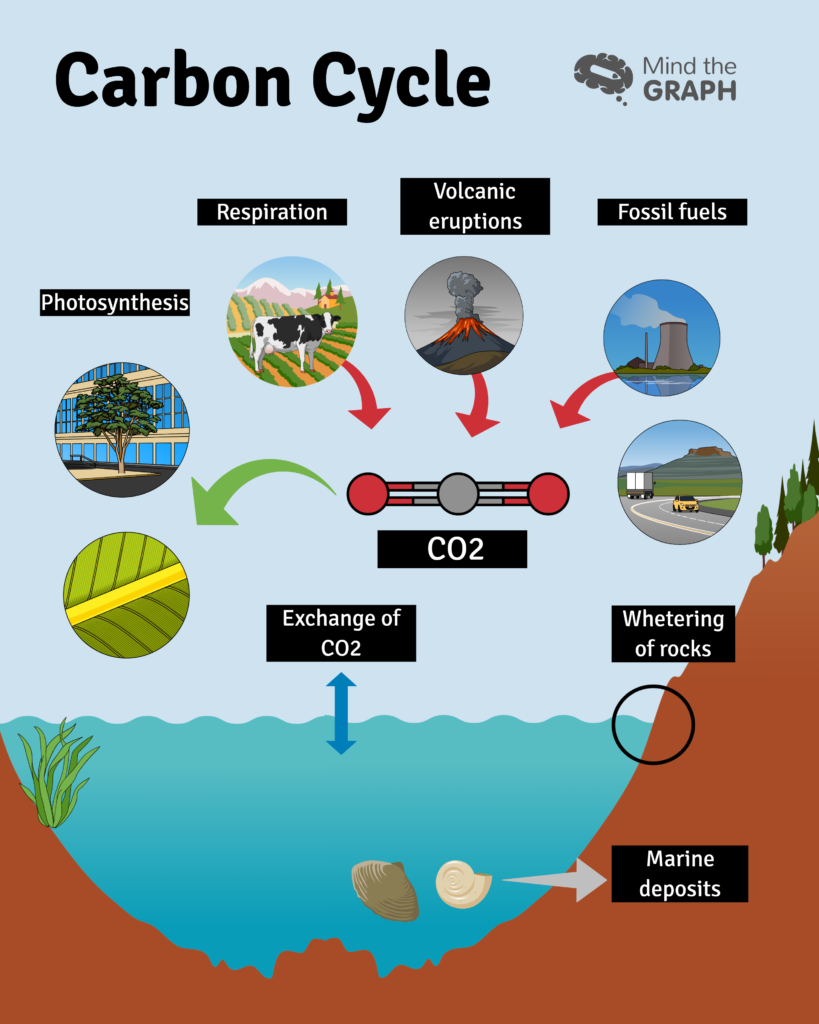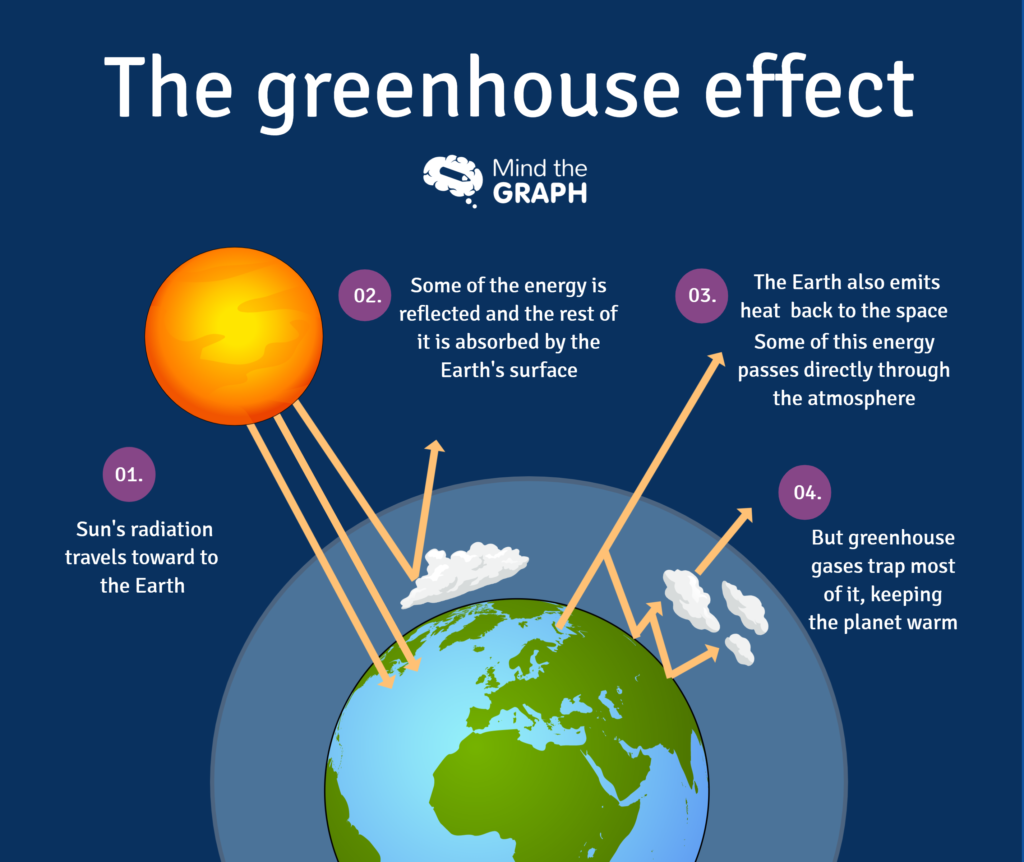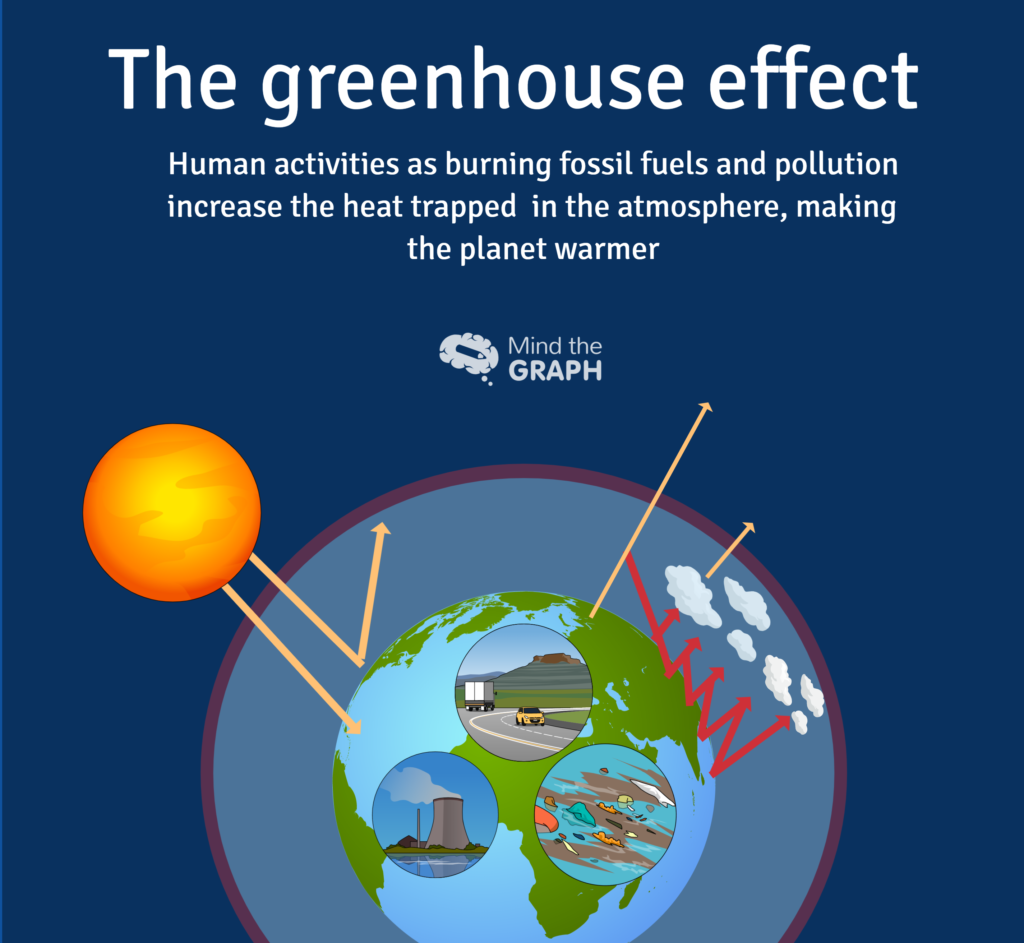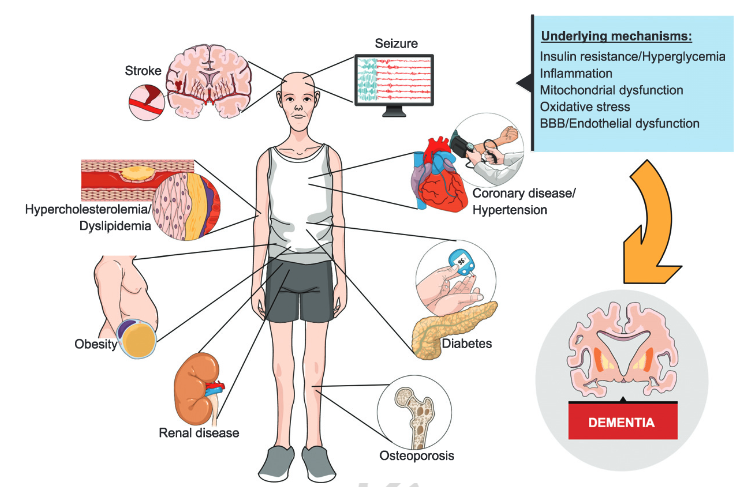Carbon dioxide is a common gas present in the atmosphere. It has an important role in the greenhouse effect, with other gases like methane. The greenhouse effect allows the life on Earth, catching the heat. Normally, the Earth’s carbon cycle maintains a natural balance of carbon in the atmosphere, land, and ocean through the “breathing of the planet”. However, human activities as emission of fossil fuels are breaking the balance of carbon cycle causing climate change.
How the carbon cycle works
The oceans play a important role in the carbon cycle. The gas exchange allows a balance between atmosphere and the oceans. Meanwhile algae and other autotrophs organisms catch carbon dioxide and provide oxygen through photosynthesis. These process combined with animal respiration and human activities are part of the short-term cycle.
However, there is also a long-term cycle, that happens over longer time periods. Acording to the National Academies, “Over millions of years, carbon dioxide in the air combines with rainwater to form weak acids that very slowly dissolve rocks. Rivers and streams carry these minerals to the oceans where they are used by animals to form coral reefs and shells and help balance the pH of the ocean. Over even longer time periods, organic carbon (formed from the remains of marine life) becomes stored deep within the Earth’s crust and forms fossil fuels, such as oil and natural gas. Some of this carbon will be released back into the atmosphere by volcanoes, completing the cycle.”
Human activities as the emission of fossil fuels and industrial process are increasing the CO2 in the atmosphere. Consequently, the ocean absorbs more and more carbon dioxide. This process impacts the chemistry of the seawater, causing a problem called ocean acidification.
Look this infographic that I made on Mind the Graph to explain the carbon cycle:
Carbon dioxide gas and the greenhouse effect
The greenhouse effect is important to keep the planet warm and allow life on Earth. Look this infographic that shows what is the greenhouse effect:
However, the emission of fossil fuels, pollution and other human activities increase the gases like methane and carbon dioxide, changing the temperature of the planet and contributing to the global warming and climate change.
Consequences
Earth’s global surface temperature in 2018 was the fourth warmest since modern recordkeeping began in 1880. These data were provided by analysis by NASA1. Global temperatures in 2018 were 1.5 degrees Fahrenheit (0.83 degrees Celsius) warmer than the 1951 to 1980 mean, according to scientists at NASA’s Goddard Institute for Space Studies (GISS) in New York. Globally, 2018’s temperatures rank behind those of 2016, 2017 and 2015. The past five years are, collectively, the warmest years in the modern record.
Visual resources like infographics and videos are a powerful way to communicate science. I created all these infographics (except the video) using Mind the graph, an online platform that allows scientists to create eye-catching materials.

Subscribe to our newsletter
Exclusive high quality content about effective visual
communication in science.







